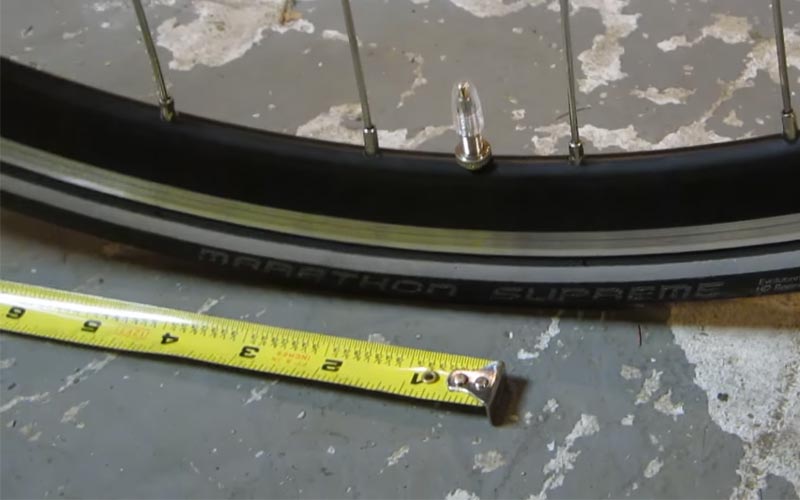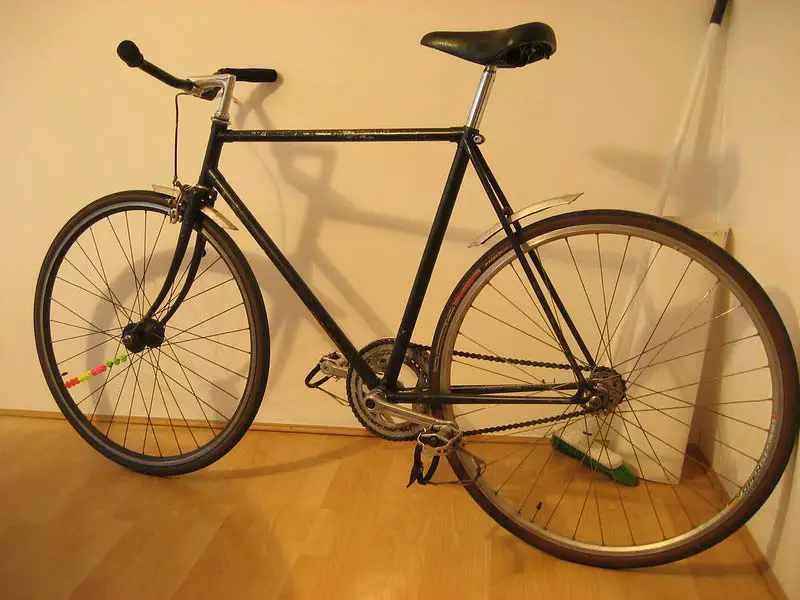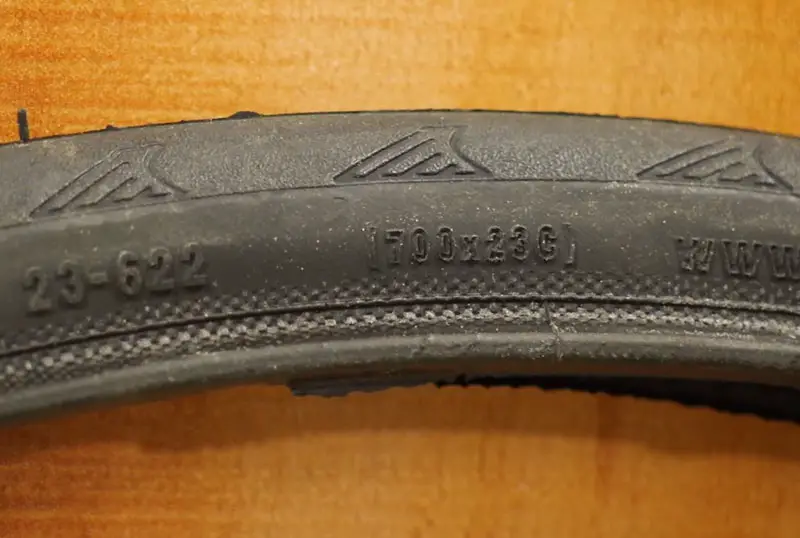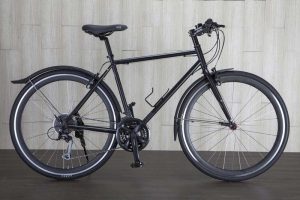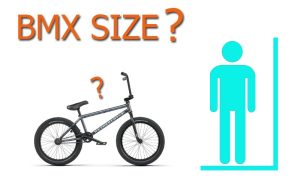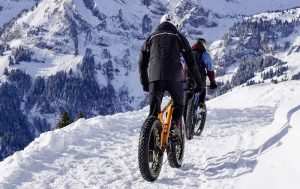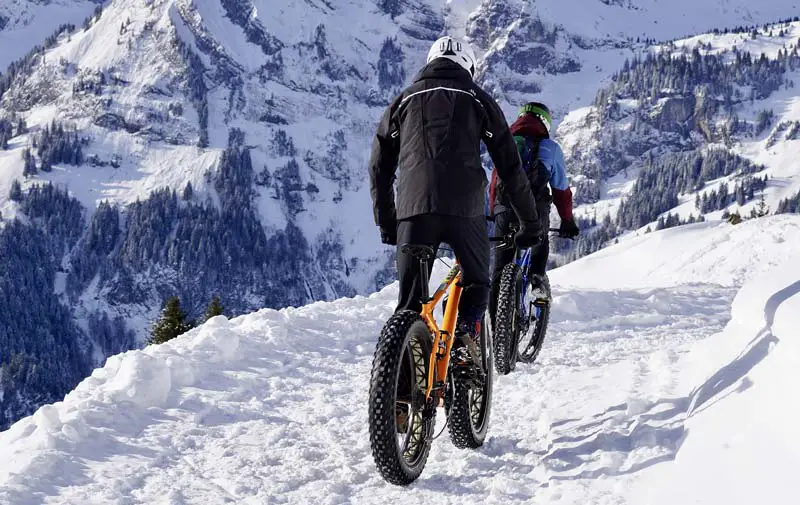
Contents
How to know what size mountain bike you need
Mountain bike sizing depends on a variety of factors if you want to have a comfortable, safe, and fun ride wherever you go. Bike fitting for those who need a mountain bike requires certain measurements, such as your height and inseam.
From there, your bike shop or manufacturer will give you a list of suggested bike frame sizes to choose from. Here’s what you need to know about MTB sizing:
See also:
Measure your height and inseam
The rider height and the inseam (the measurement of the inside of your leg) are usually both needed when choosing the right frame size for your needs. Not all user heights have the same inseam.
For instance, a person who is 5’4″ could have a 77 to 78 cm inseam and they might be suited to different MTB sizes. Don’t worry – we’ll leave out a chart below to help you figure out the ideal bike size for your MTB depending on your height and inseam.
Choose a suitable frame size
MTBs or mountain bikes use inches for the frame sizing as compared to road bikes that use centimeters. Again, we will list some common frame sizes below to help you choose the right bike for your needs. You can also get professionally fitted in a bike shop if you like.
What size mountain bike do I need for my height?
To help you choose the right mountain bike depending on your height, here’s a chart that lists down the most common MTB frame sizes and the corresponding user heights:
| Rider height | 4’11” to 5’3” | 5’4” to 5’7” | 5’8” to 5’11” | 6’ to 6’2” | 6’3” and above |
| Ideal frame size (inches) | 13 to 15 | 16 to 17 | 18 to 19 | 20 to 21 | 22 and above |
Mountain bike size chart by height
Different user heights are best suited for a certain mountain bike frame size. To help you figure out the right size for your needs, here are some usual MTB frame sizes coupled with the suitable inseam and rider height to help you out:
| Mountain bike frame size | Ideal rider height | Ideal inseam measurement |
| 15 inches | 5’ to 5’6” | 75 to 77 cm |
| 16 inches | 5’3” to 5’9” | 75 to 80 cm |
| 17 inches | 5’7” to 5’10” | 78 to 82 cm |
| 18 inches | 5’7” to 5’11” | 81 to 84 cm |
| 19 inches | 5’10” to 5’11” | 83 to 84 cm |
| 20 inches | 6’ to 6’3” | 85 to 89 cm |
| 21 inches | 6’ to 6’3” | 85 to 89 cm |
| 22 inches | 6’3” and above | 90 cm |
Keep in mind, however, that the above-mentioned chart is only an estimate – if you have specifically longer or shorter arms, torso, or legs, you may want to get a custom bike fitting session from your local bike shop. In this way, you’ll have a bike specifically tailored to your body shape without awkwardness.
Men’s mountain bike size chart
The MTB or mountain bike suited for your needs depends on your user height. As mentioned above, we only need the frame for the sizing because nearly every MTB has a 26-inch wheel (still depending on the bike that you have). Here is a rough size chart:
| Men’s mountain bike frame size | Ideal rider height |
| 13 to 14 inches | 4’10” to 5’2” |
| 15 inches | 5’3” |
| 16 inches | 5’6” |
| 17 inches | 5’7” |
| 18 inches | 5’10” |
| 19 inches | 5’10” |
| 20 inches | 6’1” |
| 21 inches | 6’1” |
| 22 inches | 6’4” |
This chart is only an estimate – we advise getting a custom bike fitting session because some people might have longer or shorter torsos and legs, which might hinder their flexibility and comfort when riding the MTB.
Women’s mountain bike size chart
For women, the size chart is roughly the same as the men’s mountain bike size chart, although there are certain considerations such as a narrower design to help them maneuver the bike properly. Here’s a convenient chart to help you figure out the ideal bike frame for women:
| Women’s mountain bike frame size | Ideal rider height |
| 13 | 4’10” |
| 14 | 5’2” |
| 15 | 5’2” |
| 16 | 5’6” |
| 17 | 5’7” |
| 18-19 | 5’10” and above |
As with the men’s bike, women are also advised to get a custom fit if they have specifically longer or shorter arms, legs, or torso. This will help them feel more at ease when riding their bike.
Does mountain bike frame size matter?
Yes, there are significant advantages and disadvantages to sizing your MTB up or down. It all comes down to your comfort level, riding style, the terrain you usually use your bike on, how often you use your bike, and many other factors.
With that said, here are some benefits and downsides to either sizing your mountain bike up or down:
Larger bike frames
The first advantage of having a mountain bike with a larger frame is that you get more reach. People with a longer torso will benefit greatly from a larger bike frame because they will have a less awkward position when riding their bike.
However, for those who lack in stature (torso-wise) and have difficulty touching their toes, you will less likely benefit from a long bike frame. This will only cause you to be in a difficult position trying to grip the bike handle for a long time.
Along with the upgrade of your bike frame, your wheelbase will also be affected. The wheelbase is known as the measurement between your two wheels. If the frame becomes longer, the wheelbase also lengthens and elongates the whole appearance of the bike.
Again, people with longer torsos benefit more from both a longer frame and wheelbase because it will give them a more powerful riding stance. A larger bike frame is suitable for such people but if you find it difficult to reach your bike handle, perhaps a longer bike frame isn’t for you.
Smaller bike frame
A smaller bike frame will give you a more upright position when it comes to riding. For those with longer legs than most people, a smaller bike frame is more suitable for your needs since it allows you to pedal more efficiently.
Biking in a more upright position can be seen as more comfortable for some riders so if you’d like to be more in this kind of position then a smaller bike frame is for you. Perhaps the only small hiccup is that you sometimes need to adjust your seat post.
As with the above-mentioned topic of a bike’s wheelbase, your bike gets a shorter wheelbase depending on the frame size. If you shorten your mountain bike frame, it will also give your bike a shorter wheelbase and therefore, allow you to ride much faster.
Although a shorter wheelbase and frame length sacrifices a bit of flexibility, if you have long legs, a shorter torso length, and want a faster ride, you would probably do better with a shorter frame or a downsized mountain bike.
How to measure frame size of mountain bike
When measuring a mountain bike frame, start from the point where the pedal is connected (usually called the BB or bottom bracket) up to the bottom part of the seat tube.
The frame size is usually displayed in inches for a mountain bike as compared to that of road bikes. Other MTB manufacturers may have a different measurement method so it’s best to ask them first.
Q&A
That depends on your body type – people with shorter torsos and longer legs benefit better on a shorter bike frame, and vice-versa for people with longer torsos and shorter legs.
If your bike is too small, you will generally feel uncomfortable, strained at the end of the day, or just generally feel awkward and lean forward too much.
Nearly every MTB is a 26-inch bike when it comes to wheels, which is why it will fit almost every person above 4’10” in terms of height. What’s measured mostly in an MTB is the frame size.
Mountain bikes are suited for getting better speeds at climbs while trail bikes are ideal for much faster descents.
Yes, MTBs are okay to be used as road bike since it is meant for bumpy roads, anyway. You can safely ride your mountain bike on flat concrete with no problems at all.
